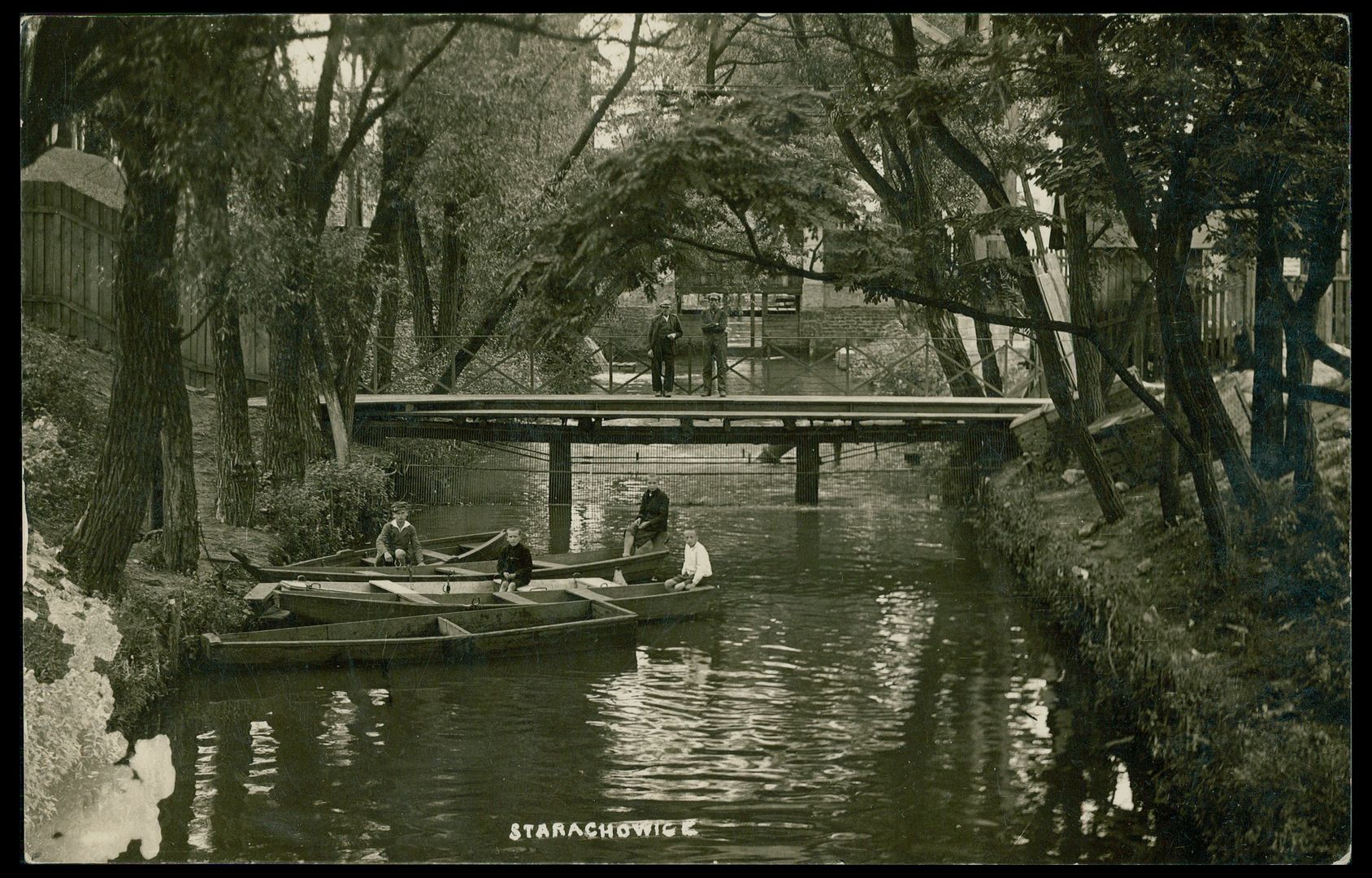Starachowice
7.31

Overview
Starachowice, a city in the Świętokrzyskie Voivodeship, is situated on the border of the Świętokrzyskie Mountains and the Iłża Foothills, in the valley of the Kamienna River, surrounded by the vast forests of the Świętokrzyska Wilderness. From a historical perspective, the city is associated with metallurgy and the metal industry, becoming a key production center in the 19th century. In 1817, Stanisław Staszic initiated the development of the iron industry in Starachowice, which led to the construction of a blast furnace in 1899. Utilizing local iron ore resources, the city gained significance as a heavy industry hub, eventually becoming an important center for arms production during the interwar period. After World War II, Starachowice transformed into the home of the "Star" Heavy Truck Factory, which from 1948 to 1991 was the primary employer, significantly influencing the city's development and population growth. Following the political transformation of the 1990s, the city faced economic challenges, leading to a rise in unemployment. Architecturally, Starachowice has preserved many industrial heritage sites, including a 19th-century blast furnace complex, which is listed as a historical monument. The city also features the Holy Trinity Church from 1681 and one of the largest Jewish cemeteries in the region. Starachowice is also a cultural center, with numerous events and initiatives encouraging the exploration of local traditions. Regional media outlets, such as Gazeta Starachowicka and Radio Eska Starachowice, keep residents informed about current events. Interestingly, Starachowice attracts visitors with its numerous tourist trails, including cycling and hiking routes, and is surrounded by picturesque forests ideal for recreation. The city collaborates with partner cities in Poland and abroad, fostering cultural exchange. Despite changes, Starachowice has retained its historical advantages and continues to develop as an important industrial and cultural center in the region.
Location
2025 Wizytor | All Rights Reserved